vs SOtM sCLK-OCX10
Obviously, I can’t leave this comparison out. 😉
I reviewed SOtM’s master clock a few weeks ago and was pleasantly surprised by what a good master clock brings to the table. Both SOtM and Mutec master clocks seem to elevate the tonal color (less warm) but that’s the typical tradeoff for more resolution, transparency, etc. The Mutec does so to a lesser degree.
The REF 10 comes off smoother, denser, and more melodic. It has a sweeter upper-midrange and treble while being slightly more forward and full. There’s more contrast in the highlights – as opposed to being monotone and flat.
The SOtM is seemingly quieter, more spacious, with much more energy in the upper octaves. It has more of an exuberant, detailed, and exciting sound while the REF 10 is more relaxed and euphoric. The REF 10 also has more pop and weight while the sCLK-OCX10 is more speedy and clean.
One thing to consider is that the Mutec REF 10 is priced about $500 USD more than the SOtM sCLK-OCX10 – but does come with an internal power supply.
If you prefer soothing continuity with a more tangible and fuller sound, the Mutec would be my pick. If you want something with more hyper-presence and excitement – the SOtM is a better fit for you.
Final Thoughts
Many are skeptical about an upstream word clock making a difference – since we’ll eventually have to use the clock at the D/A converter. Well, it does – and it isn’t subtle. The smart audiophile realizes there’s still much to learn – and that it’s probably better to listen first and learn the science and engineering later. Especially after you’ve narrowed it down to something you enjoy listening to.
In my case, the Mutec REF 10 made quite the impression. It made me realize – there is just no way you could get this level of transparency, solidity, and focus without a master clock in your digital audio playback system. It’ll also remove harshness – you didn’t even know was there.
As I was swapping in and out the Mutec REF 10, these were the most significant improvements:
- The music immediately opens up, amazing depth, height, and room reach. The width seems to remain close to the same. An incredible atmosphere.
- Tonal contrast. There are more colors, weight, and textures all around.
- Much better separation (plenty of distance) and delineation – no matter how simple or complex, the music is always in focus.
- More sequential. The sound is more, for lack of a better word, chronological. It just flows with ease.
- Midrange gradations – voices sound so pure, so resolute, so real.
- Smoothness. There’s no brightness or edge in the music. No grain. No gaps. No blurring. Overall, just firms up the sound.
- Imaging. You won’t quite understand how good stereo imaging could sound unless you’ve heard the Mutec REF 10.
Although you do hear how the music is pieced together, it’s not analytical at all. If anything, it relays more insight into the intent and emotions of the performers. It’s more musical. Without the REF 10, I feel like I’m missing out on important parts of the recordings. In fact, there were even times I didn’t even realize an instrument was in a busy recording until I heard it with the REF 10! After hearing the REF 10, you’ll start to get an idea of just how congealed and dimensional digital audio could be.
Some may feel the master clock is a finishing touch. I can’t disagree – my system sounds superb without it. However, after numerous comparisons (you have to listen over time) – you’ll start to realize what you’re missing. The tonal perspective, the dimensionality, the musical shapes, the articulation, and the smoothness. You also realize that the goosebumps aren’t as frequent and the listening sessions aren’t as long. You skip more tracks and you’re not quite at the previous level of ecstasy. At that point, you’re thinking – is it really a finishing touch? Or do I need one? Such is the audiophile’s dilemma. 🙂
Well, at least you won’t need an expensive power cord or an external power supply. I’ll let you decide when you hear it.
There’s something so…faithfull about what the REF 10 does. It removes the noise and confusion entirely and brings life to your to your digital library. If you want to hear the best of what digital audio has to offer. Get a Mutec REF 10 – pronto.
Mutec REF 10 Master Clock – $3,999
Check out Audio Bacon’s SNEAK PEEKS on, YouTube, Facebook, and Instagram!

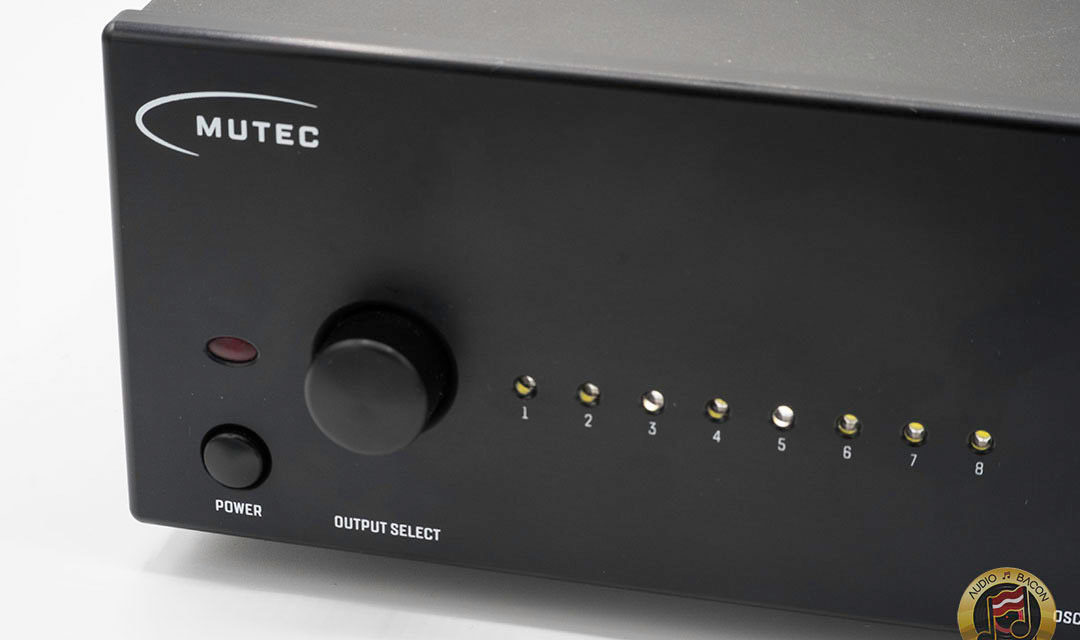
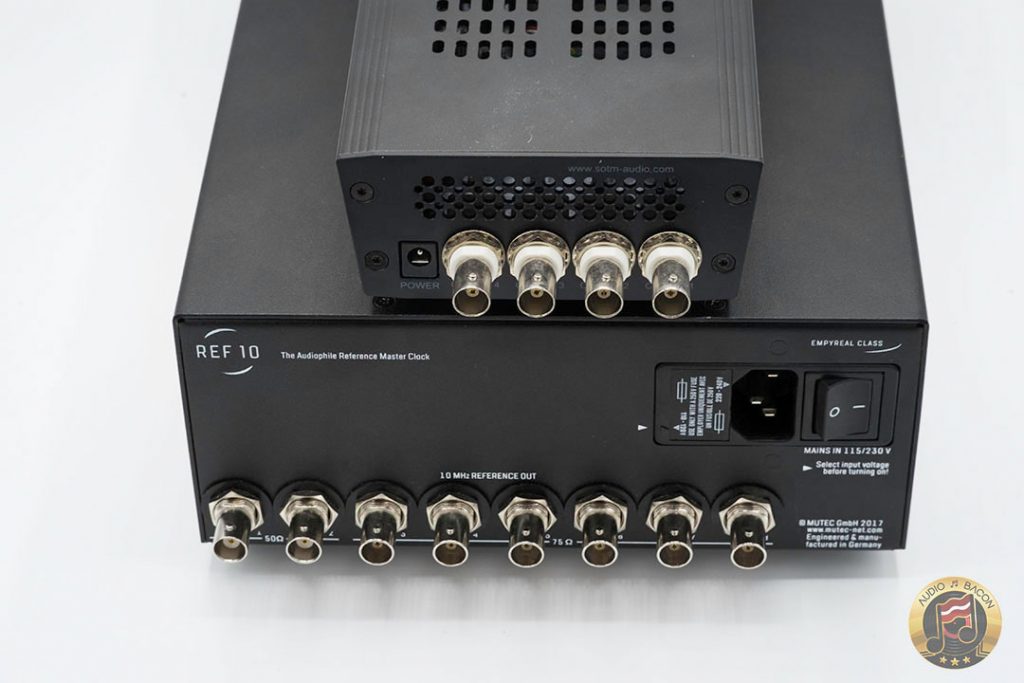
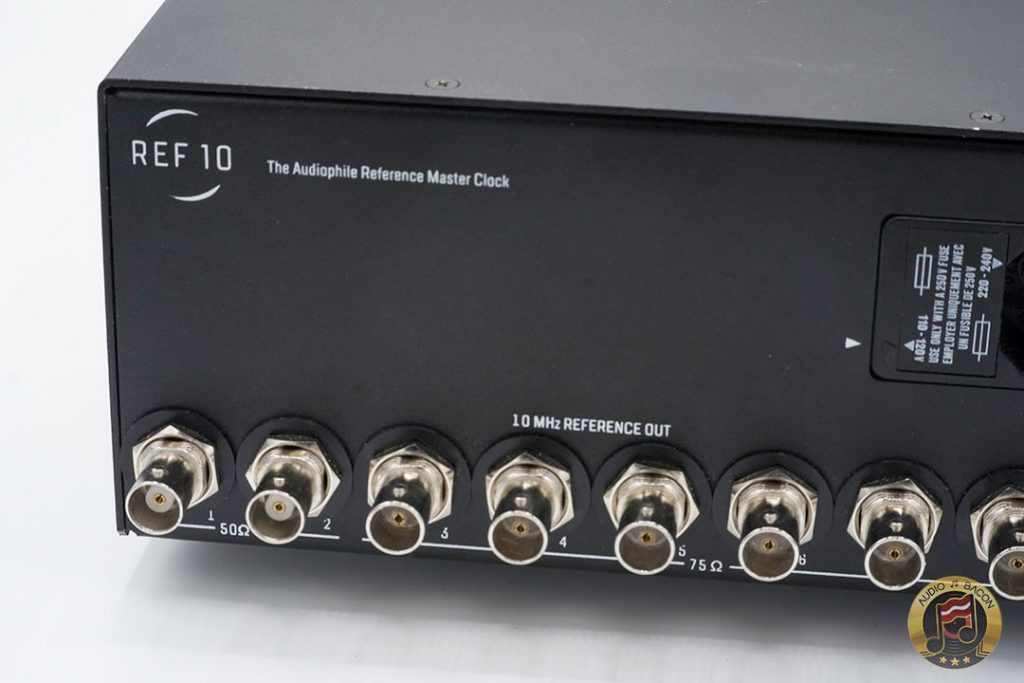

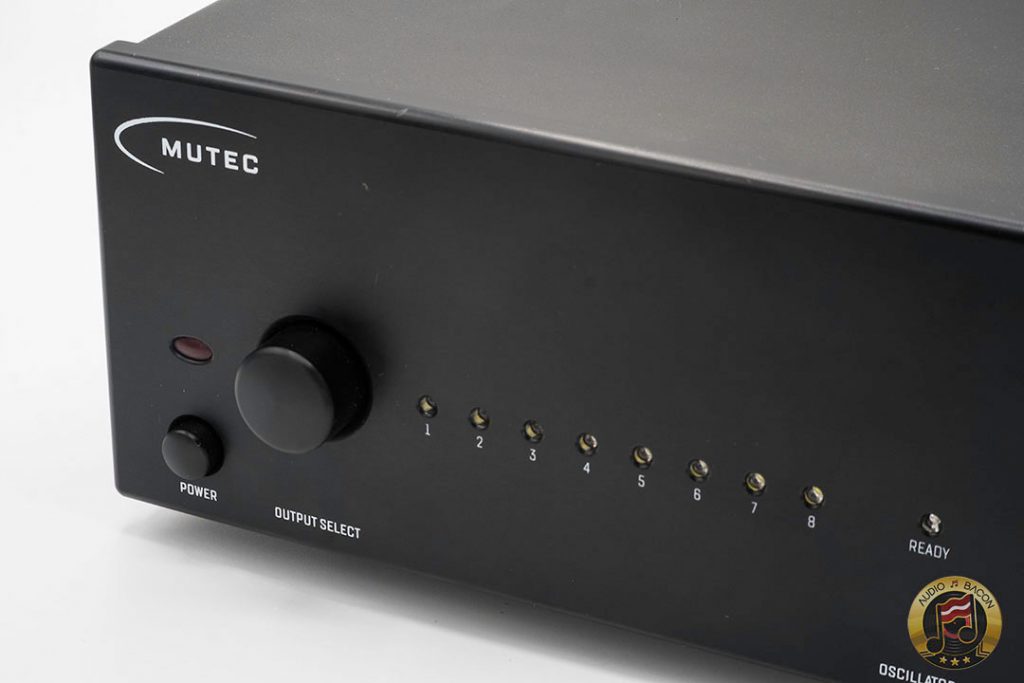



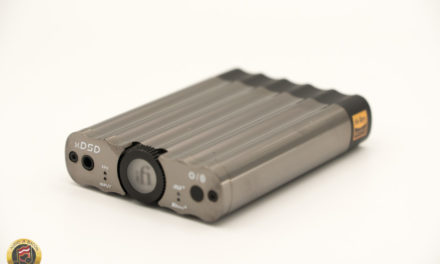

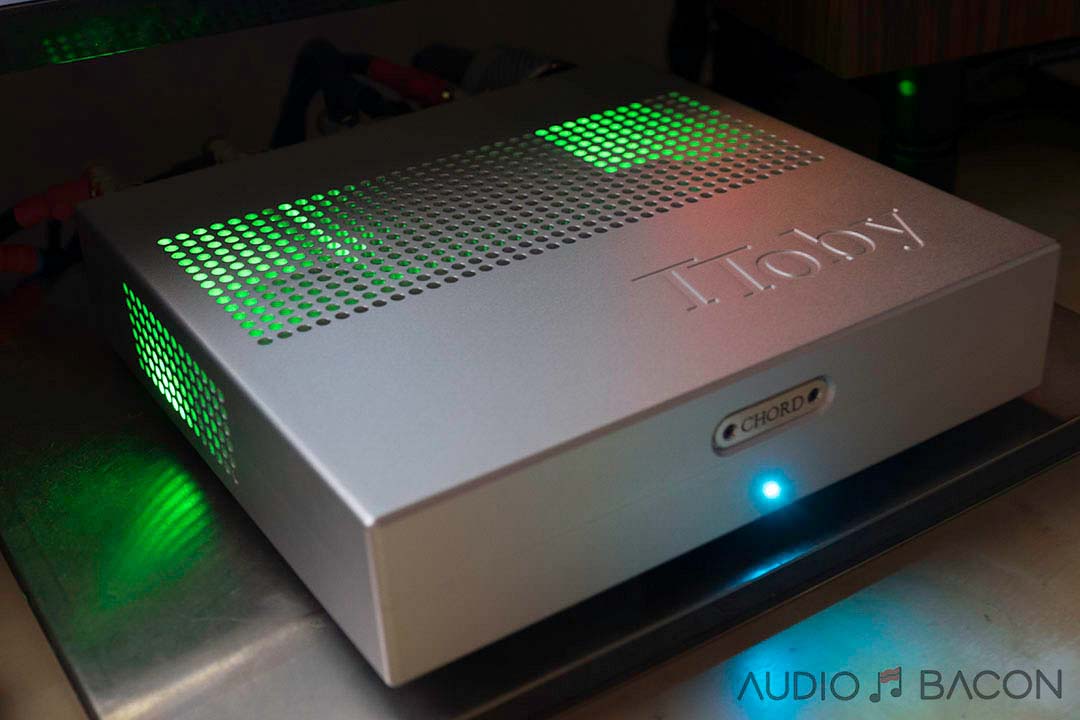


Thanks for that great review, Jay.
Comparing price between the Mutec REF 10 and the sCLK-OCX10, I guess you have to add the cost of a power supply to the latter, which could make it the more expensive option.
Was the tX-USBultra you used in the review upgraded in any way other than the clock input (e.g. internal dc cabling, Evox caps)? I currently have a standard tX-U without clock input and am just wondering what other upgrade options I should order when getting those inputs.
Good point! Yes, I should’ve mentioned my tX-USBultra has the 7N copper DC leads and EVOX caps. IMO, worthy upgrades.
If you could only get one to improve your usb performance. Ref-10 or to-USBultra?
From an “ease of use” and price to performance perspective – the tX-USBultra. From a performance perspective, the REF10 does some magical things but requires a clock cable that works for you. This may require experimenting with many cables as it will change the tonal color of the sound a bit (more or less warmblooded) – which could be a deal breaker for some. The tX doesn’t really change the tonal color from my experience.
@Jay,
could you make a post, or comment on the ‘cost is object’ or the ‘non Forbes list’ category?.
I mean, if we want to spend our $ in a mature way, where is the big jump of quality, for:
-1 Link
PC->DAC, Stremear->DAC, ??->DAC ??
-2 Links
PC->sms-200 ultra ->DAC, PC-tx-USBultra->DAC, ??->??-DAC?
-3 Links
PC->sms-200 ultra->txUSb ultra -> DAC, PC->sms-ultra+REF10 -DAC, and son on…
-4 Links.
….
I think that would be very worth, or even better, how to spend 2k, 3k, 4k, etc. in digital stuff. Otherwise any addition you discuss is in the realm of ‘meaningful upgrade’, which makes no sense from a financial point of view.
Best
Hii Jay,
Enjoyed your immensely enjoyable and spot on description of the Mutec.
Awaiting my sNG switch too!
Which clock cable did you like best with the sNG switch?
Interesting that the txUSB master clock connection gave a very different presentation, was this appearent even with a warmer or the same clock cable as used for the switch.
Regards
Jus
Thanks for your comments on the Mutec REF-10, your experience broadly mirrors mine (https://forum.audiogon.com/discussions/benefits-of-adding-a-10mhz-master-clock-to-a-digital-system) but I found much more impact from the power cord and in particular the footers under the Ref10
Subsequent to that however I’ve also had great results from adding a specific ground to the Ref10, in my case the Taiko Setchi D3 — for the relatively modest cost of an additional ground box I’d strongly recommend it
Of course now I’m tempted by the Abendrot Stute but I’ll have to rebuild my wallet a bit before getting hold of one of them 🙂
Jay, what do you think of Illuminati V3 LPS?
How does it compare to PHaynes units?
Jerzy